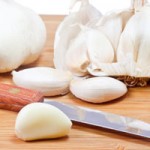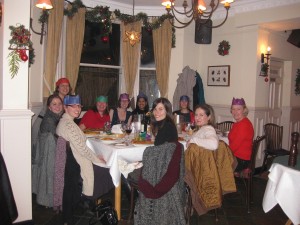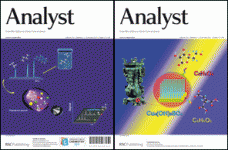
The sensor detects diallylsulfides in garlic - the more diallylsulfides, the stronger the flavour
How strong is your garlic? No, this isn’t some poor attempt at humour – the strength of garlic is a genuine concern for the food industry.
In their just-published Analyst paper, Richard Compton and his team from the University of Oxford describe an electrochemical sensor that detects the amount of diallylsulfides in garlic, compounds related to strength of flavour.
The sensor works by suspending garlic purée samples in a solution containing bromide ions. The solution is analysed voltammetrically whereby electrogenerated bromine reacts with diallylsulfides to regenerate bromide. This results in an increase in peak current, which quantifies the response.
Want to know more? Read Elinor Richards’ news article at Chemistry World or access the paper in full below:
Towards the electrochemical quantification of the strength of garlic
Benjamin C. M. Martindale, Leigh Aldous, Neil V. Rees and Richard G. Compton
Analyst, 2011, 136, 128-133
DOI: 10.1039/C0AN00706D
But this isn’t Prof. Compton’s first foray into food analysis. Take a look at his 2008 paper which assessed the heat of chillies:
Carbon nanotube-based electrochemical sensors for quantifying the ‘heat’ of chilli peppers: the adsorptive stripping voltammetric determination of capsaicin
Roohollah Torabi Kachoosangi, Gregory G. Wildgoose and Richard G. Compton
Analyst, 2008, 133, 888-895
DOI: 10.1039/B803588A














